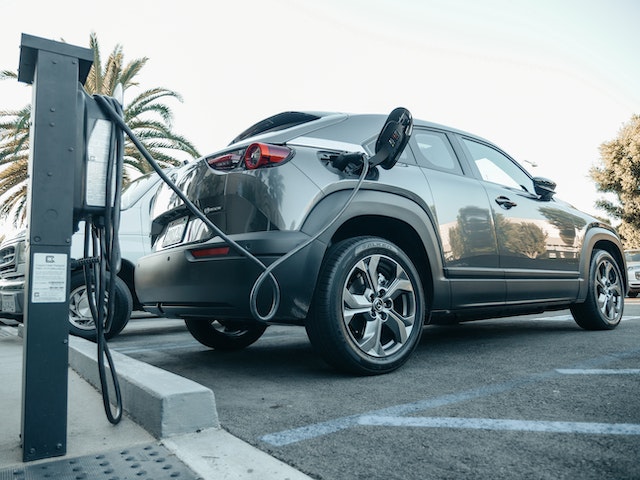As the world embraces the electric vehicle (EV) revolution, an inevitable challenge arises – what happens to EV batteries once they reach the end of their useful life? The answer lies in a remarkable trend unfolding in the United States: dead EV batteries are turning into gold, thanks to innovative incentives and sustainable solutions. This not only benefits the environment but also unlocks substantial economic gains for various stakeholders involved.
The Rise of Electric Vehicles and Recycling Challenge
The surge in the adoption of electric vehicles is transforming the automotive industry. With the advantages of reduced emissions and dependence on fossil fuels, EVs are propelling us towards a greener future. However, as EVs age, their lithium-ion batteries gradually lose capacity and efficiency, leading to the need for replacements.
The disposal of dead EV batteries presents a unique environmental challenge, as they contain hazardous materials that can be harmful to ecosystems if not handled properly. Traditional disposal methods can contribute to pollution and waste, which counteracts the eco-friendly nature of EVs.
U.S. Incentives for Sustainable Battery Solutions
Recognizing the importance of sustainable battery management, the United States government has taken significant strides to incentivize the recycling and repurposing of dead EV batteries. Federal and state initiatives offer financial support and tax benefits to companies and individuals engaged in responsible battery disposal and recycling programs.
These incentives have spurred the growth of specialized recycling facilities equipped with advanced technologies to extract valuable materials from spent EV batteries. As a result, old batteries are no longer seen as mere waste but rather as valuable resources ripe for recovery.
Transforming Dead Batteries into Valuable Resources
The recycling process for dead EV batteries involves several stages of careful extraction and separation. The recovered materials include lithium, cobalt, nickel, and other valuable metals that are essential components for the production of new batteries.
The repurposing of these materials not only reduces the demand for mining new resources but also significantly decreases the carbon footprint associated with battery production. By closing the loop on the battery life cycle, the automotive industry moves closer to achieving a truly sustainable and circular approach.
Environmental and Economic Benefits
The shift towards responsible recycling and repurposing of dead EV batteries yields a multitude of benefits for both the environment and the economy.
Environmental Benefits:
- Resource Conservation: Recycling reduces the need for mining new resources, preserving the earth’s finite reserves of essential metals.
- Waste Reduction: Proper battery disposal mitigates the risk of hazardous waste leakage, safeguarding the environment and ecosystems.
- Emission Reduction: Recycling significantly lowers the greenhouse gas emissions associated with the production of new batteries.
Economic Gains:
- Job Creation: The development of recycling facilities and related industries generates new employment opportunities.
- Resource Independence: Relying on recycled materials reduces dependence on foreign imports for essential battery components.
- Revenue Generation: The valuable metals recovered from dead EV batteries can be sold in the market, contributing to economic growth.
Conclusion
The rising adoption of electric vehicles has brought the challenge of managing dead EV batteries to the forefront. Nevertheless, the U.S. has turned this obstacle into an opportunity by promoting sustainable battery recycling and repurposing through innovative incentives.
By viewing dead EV batteries as valuable resources rather than waste, the U.S. is paving the way for a more sustainable future. This comprehensive approach benefits the environment through resource conservation and emission reduction while fostering economic growth through job creation and revenue generation.
In conclusion, the U.S. is proving that dead EV batteries can indeed turn to gold, offering a win-win solution for a cleaner, greener, and economically thriving tomorrow. Let’s embrace this transformative opportunity and drive towards a sustainable future for generations to come.












